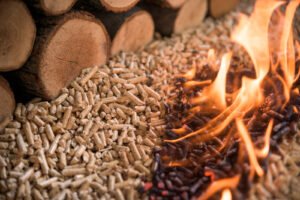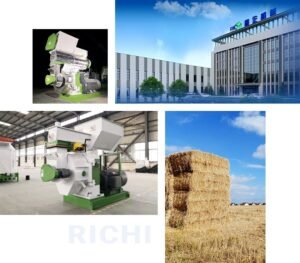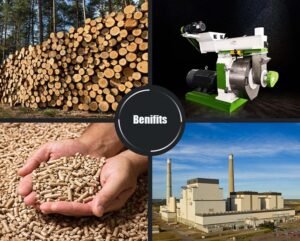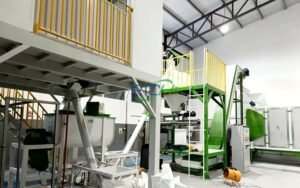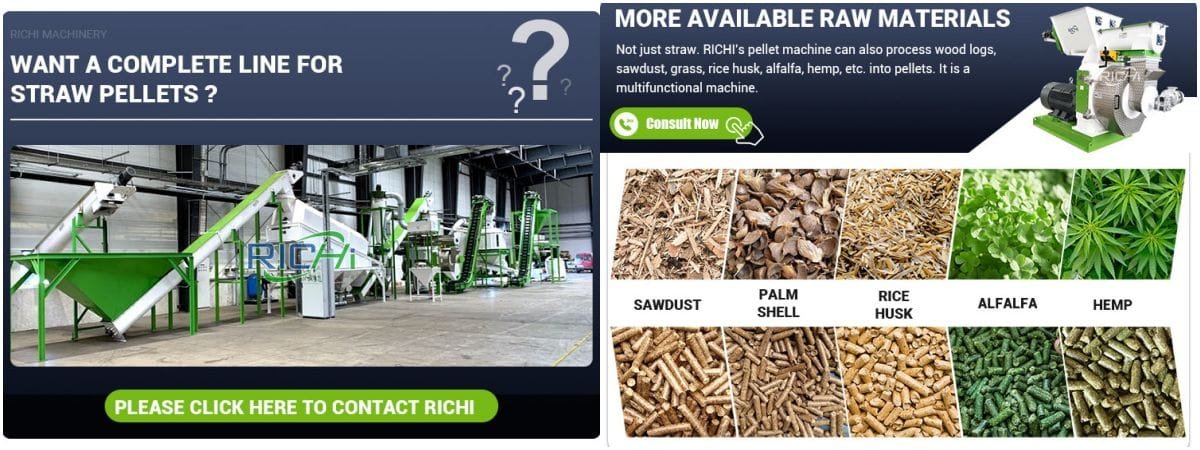
Straw Pellet Making Machines are primarily designed to convert agricultural residues, particularly straw, into compact biomass pellets. However, a common question among farmers and feed manufacturers is whether this versatile equipment can also be used to produce animal feed pellets. This article explores the potential of using Straw Pellet Making Machines for feed pellet production, considering the similarities, differences, and necessary adaptations.
Similarities Between Straw Pellets and Feed Pellets
To understand the potential for using a Straw Pellet Making Machine for feed pellets, it’s important to recognize the similarities between the two products:
- Pelletizing Process: The basic principle of compressing materials into pellets is similar for both straw and feed pellets.
- Material Composition: Both often contain fibrous plant materials, although in different proportions.
- Size and Shape: The physical dimensions of straw and some types of feed pellets can be similar.
These similarities suggest that there might be potential for adapting the Straw Pellet Making Machine for certain types of feed pellet production.
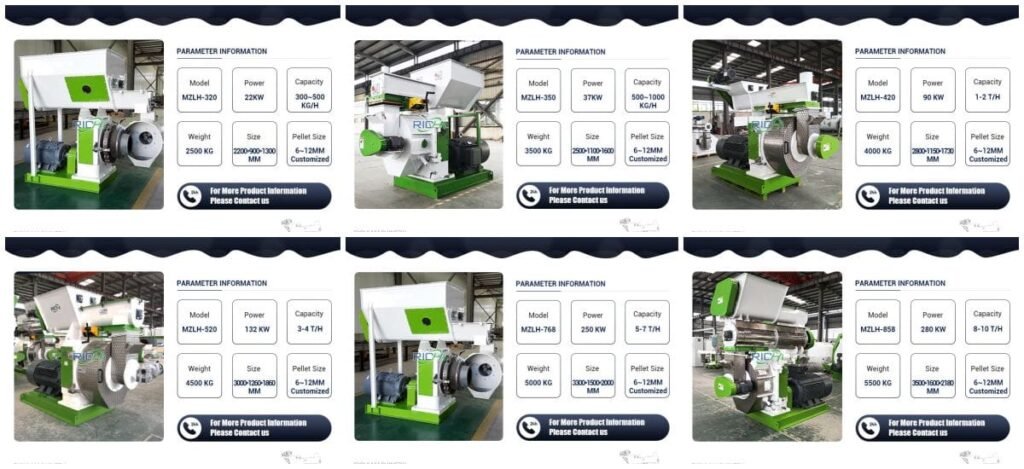
Key Differences to Consider
Despite the similarities, there are significant differences between straw pellets and feed pellets that must be taken into account:
- Ingredient Variety: Feed pellets often contain a wider range of ingredients, including grains, proteins, vitamins, and minerals, whereas straw pellets are primarily made from a single ingredient.
- Nutritional Requirements: Feed pellets are formulated to meet specific nutritional needs of animals, which can vary based on species, age, and purpose.
- Moisture Content: The optimal moisture content for processing may differ between straw and feed ingredients.
- Binding Properties: Feed ingredients may have different binding characteristics compared to straw.
Potential for Adaptation
While the Straw Pellet Making Machine is not inherently designed for processing feed pellets, it may be possible to adapt it for certain types of feed with some modifications:
- Die and Roller Adjustments: The pellet mill component might need adjustments to accommodate different pellet sizes and densities required for various types of animal feed.
- Conditioning System: The steam conditioning process may need to be modified to handle the different moisture requirements of varied feed ingredients.
- Mixing Equipment: Additional mixing equipment may be necessary to ensure uniform distribution of various feed ingredients before pelleting.
- Cooling and Drying: Depending on the composition of the feed, the cooling and drying stages might need adjustment to ensure proper moisture levels in the final product.
- Quality Control Measures: Additional quality control steps may be necessary to ensure consistent mixing and nutritional content of the feed pellets.
Types of Feed Pellets Potentially Suitable for Production
Certain types of feed pellets may be more suitable for production using an adapted Straw Pellet Making Machine:
- Forage-based Pellets: Feed pellets primarily composed of forages like hay or alfalfa might be produced with minimal modifications to the machine.
- High-fiber Livestock Feed: Feed formulations with a high proportion of fibrous materials, similar to straw, could potentially be processed.
- Rabbit or Guinea Pig Feed: These animals often require high-fiber diets, which might be achievable with a straw pellet machine.
- Ruminant Supplementary Feed: Pellets designed as fiber supplements for cattle or sheep diets might be producible.
Challenges and Limitations
Several challenges and limitations should be considered when contemplating the use of a Straw Pellet Making Machine for feed pellets:
- Ingredient Handling: The machine may not be equipped to handle the variety of ingredients typically used in complete feed formulations.
- Nutritional Precision: Achieving the precise nutritional balance required in many animal feeds may be difficult with equipment designed for single-ingredient processing.
- Regulatory Compliance: Feed production often requires adherence to strict regulatory standards, which the straw pellet machine may not be designed to meet.
- Cross-contamination: Thorough cleaning would be necessary when switching between straw and feed production to prevent contamination.
- Production Efficiency: The machine may not be as efficient for feed pellet production as purpose-built feed pelleting equipment.
Advantages of Successful Adaptation
If successfully adapted, using a Straw Pellet Making Machine for feed pellets could offer several advantages:
- Versatility: The ability to produce both straw pellets and certain types of feed pellets with the same equipment increases operational flexibility.
- Cost-Effectiveness: Utilizing existing equipment for multiple purposes can be more economical than purchasing separate production lines.
- Small-scale Production: For small farms or feed operations, adapting a straw pellet machine might be a cost-effective way to begin feed pellet production. (Related post:grass pellet mill )
Expert Opinions and Case Studies
While specific case studies of using Straw Pellet Making Machines for commercial feed production are limited, some experts in the field suggest that with proper modifications, it may be feasible for certain types of feed. For instance, an agricultural engineer stated, “With the right adjustments to grinding, mixing, and pelleting components, a straw pellet line could potentially be used for high-fiber animal feeds or forage-based pellets. However, it would likely be most suitable for simpler feed formulations rather than complex, multi-ingredient feeds.”
A small-scale farmer reported success in producing rabbit feed using a modified straw pellet machine: “We adjusted the die size and added a small mixer. It works well for our high-fiber rabbit feed, though we had to experiment with the formulation to get the pellets to bind properly.”
Conclusion
While the Straw Pellet Making Machine is not originally designed for processing feed pellets, there is potential for adaptation, particularly for certain types of high-fiber or forage-based animal feeds. The success of such an adaptation would depend on the specific requirements of the feed being produced, the willingness to invest in necessary modifications, and the ability to meet all regulatory and quality standards for animal feed production.
For operations considering this option, a thorough assessment of their specific needs, consultation with equipment manufacturers, and possibly a pilot test would be advisable. It’s also important to weigh the potential benefits of versatility and cost savings against the challenges of adaptation and possible limitations in feed formulation.
Ultimately, while using a Straw Pellet Making Machine for feed pellets is possible in some cases, it may be most suitable for operations looking to produce simpler, high-fiber feed formulations or those seeking to supplement their existing feed production capabilities. For large-scale, complex feed production, a dedicated feed pellet production line might still be the most efficient and effective solution.
